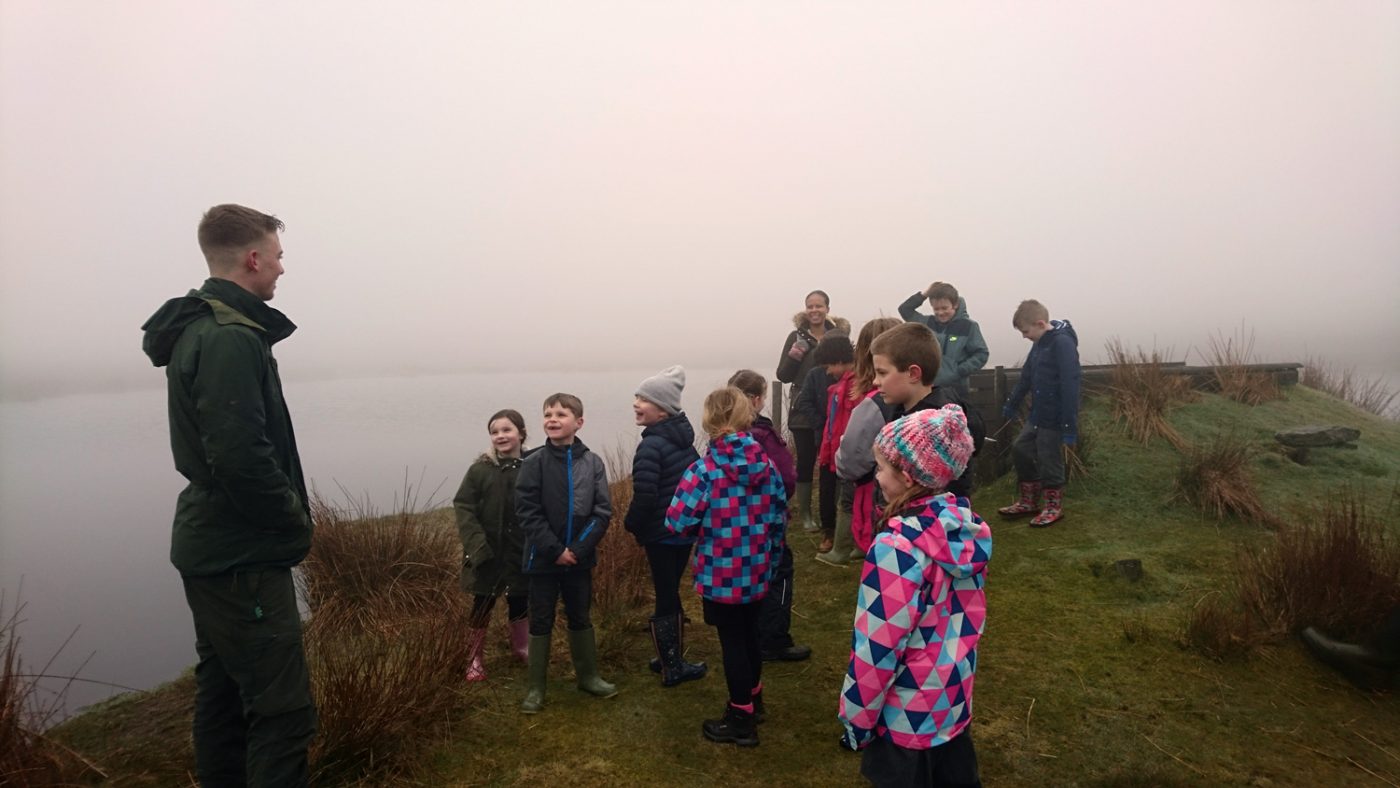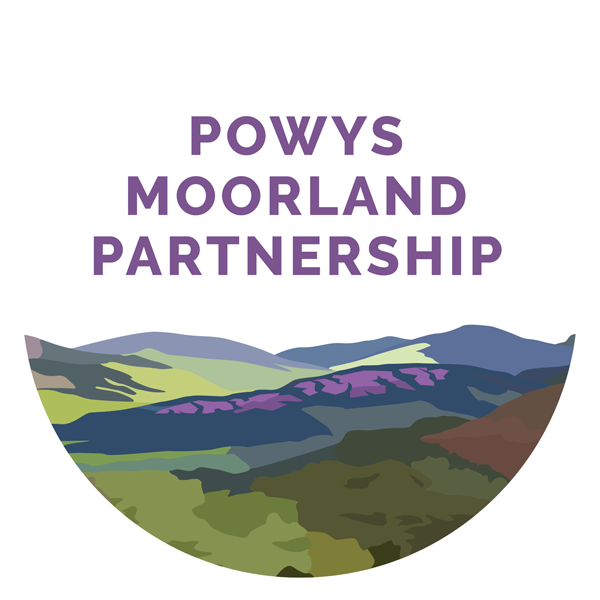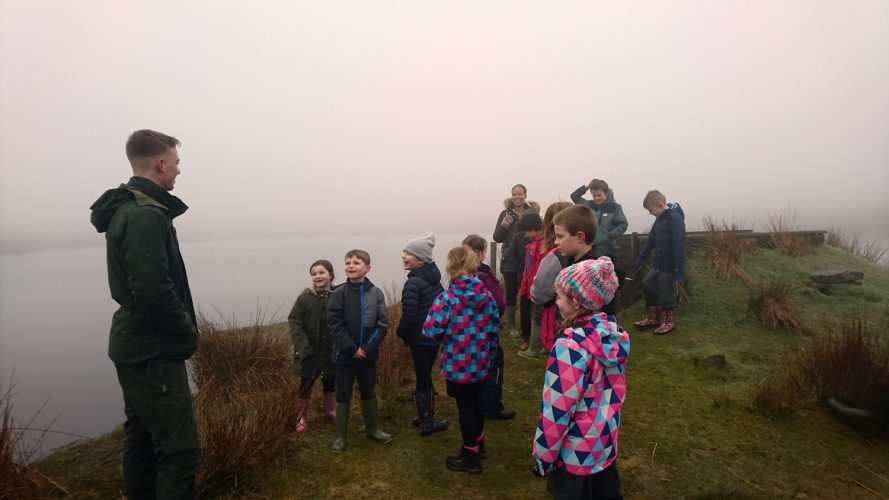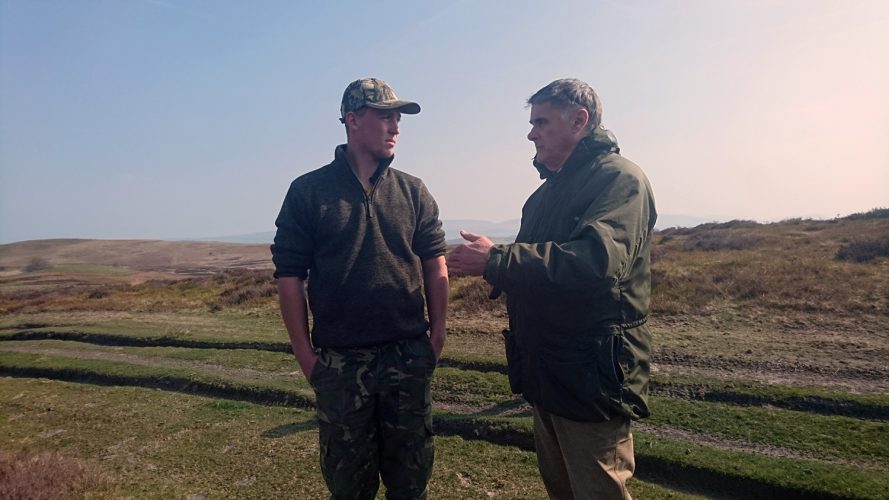More joined up management of the Welsh moors creating a continuous landscape to restore habitats is the challenge of recovering bird species, says Huw Lavin, who started as an apprentice on the Powys Moorland Partnership project 3 years ago.
With a keen interest in game-keepering from school days, Huw spent weekends and all holiday’s out with a local keeper to learn all the skills needed to protect grouse and all other ground nesting birds.
“It’s the only job I’ve ever wanted,” he says, and after two years at Newton Rigg college he landed a full-time job as a keeper on a grouse moor in Wales which is a rare find.
The main problem in Wales is that grouse has disappeared from most of the heather moorlands over the past 30 years as grouse shooting declined, but Huw believes that if we really want to see them recover along with other ground nesting birds there is still time, just, but many more people are needed on the ground.
He believes that in just three years, despite the weather not being conducive to increasing the grouse population, the number overall has flourished once the management to restore the habitats and keep predators under control was implemented.
“We need more people doing the same thing so that we connect up larger areas of land and create a proper continuous landscape scale programme to recover some key upland bird species,” he says.
But Huw believes the job of a gamekeeper is so much bigger than ever and probably needs re-naming as the role does so much more to boost biodiversity.
“We are very much in the spotlight of the media so we must get our story over in a positive way,” he says, and that means taking in everyone’s point of view. It’s not the fault of the public on how they have formed their views with all the pressure that is out there but, we have a responsibility to make sure we message effectively and not aggressively and that has to start with the children.
Huw has hosted several groups of children from Hay and Clyro primary school to explain his work.
“What is great is that they get it and understand that to protect the ground nesting birds we have to protect them from the masses of predators that the Welsh countryside is full of,” says Huw, who explains that to manage the homes of the grouse, a mosaic of heather needs to be created so there is short heather for the food source and longer heather for shelter and nesting.
We have to keep engaging with the public and find different ways of helping people understand the complexities of moorland management especially as Welsh Government is encouraging more people to get outside and connect with nature.
“It’s a special place to work and moorlands are magical so it’s right that more people should experience it, but respecting each other is going to be the biggest challenge.”
Huw has now moved to a top well established grouse moor in the Angus Glens of Scotland as a grouse keeper where he will be one of 11 keepers.
Catherine Hughes
Sustainable Management Scheme facilitator



